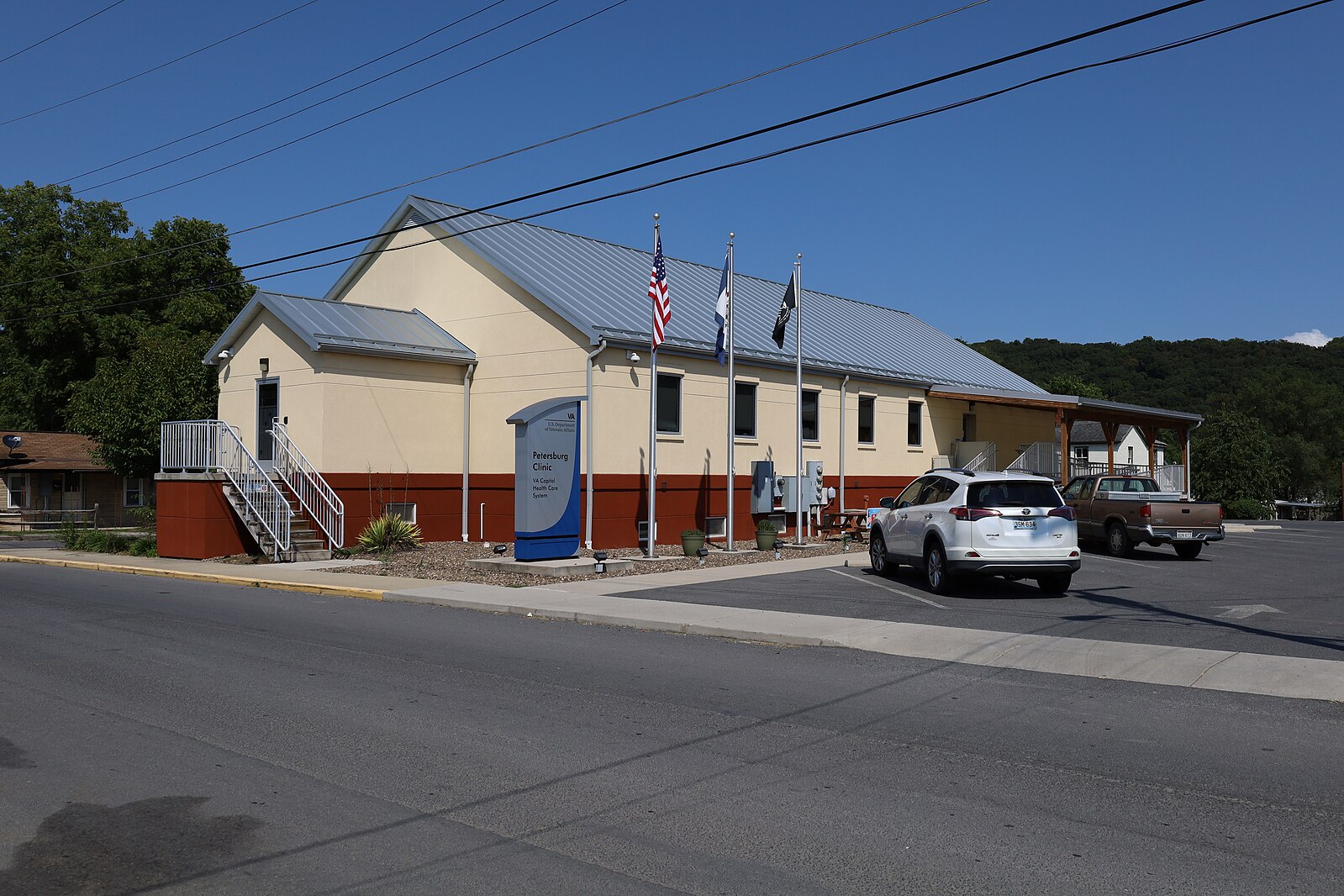The Veterans Affairs’ Food Security Office is finding innovative ways to connect veterans in the United States to vital resources and ensure they are food and nutrition secure.
Veterans tend to experience higher rates of food insecurity compared to civilians, the U.S. Department of Agriculture report. This affects their physical health as well as their mental wellbeing. “Research has told us that the food insecure veteran can be up to four times more likely to have suicidal ideations than a food secure veteran,” Christine Going, Senior Advisor in the VA’s Food Security Office, tells Food Tank.
But not all veterans are as likely to experience hunger. Those who joined the military or re-enlisted after September 11, 2001, as well as women veterans, who are often more likely to have children to support, “seem to be at the highest risk.”
These demographic differences are why “data management is so important,” Going tells Food Tank. Veterans who receive VA care are screened for food insecurity, which then allows the care team to “better understand where these pockets of need exist.”
Once veterans screen positively for food insecurity, they have access to a social worker, who can help them apply to federal nutrition assistance programs like SNAP and WIC as well as local resources. The social worker then connects them with dietitians, who help veterans meet their medical nutrition therapy needs. This is particularly vital, Going explains, because many in need of support are managing diet-related illnesses, including diabetes and heart disease.
Going is also encouraged by a pilot program they’re calling food hubs, described as “a food pantry with wraparound services.” When veterans come in seeking groceries, they can meet with a dietitian on the spot or find resources if they are facing transportation barriers or are unhoused.
And, Going continues, if a veteran isn’t already accessing healthcare through the VA, they have the opportunity to enroll. “Our research shows that veterans who use the VHA for care do better than veterans who don’t, and ultimately, we want to connect them to care so that they can thrive.”
Going believes the VA can be such an effective site of intervention because it’s a welcoming and understanding space. And while there isn’t research definitively confirming this, Going tells Food Tank that it “strongly seems” that “they feel safe coming to the VA.”
Listen to the full conversation with Dr. Christine Going on “Food Talk with Dani Nierenberg” to hear about how the VA is partnering with nonprofits and foundations to scale their food and nutrition security efforts, developing new programs that bolster local and regional food systems, and leaning into collaborative work with other government agencies.
Articles like the one you just read are made possible through the generosity of Food Tank members. Can we please count on you to be part of our growing movement? Become a member today by clicking here.
Photo courtesy of Wikimedia Commons











